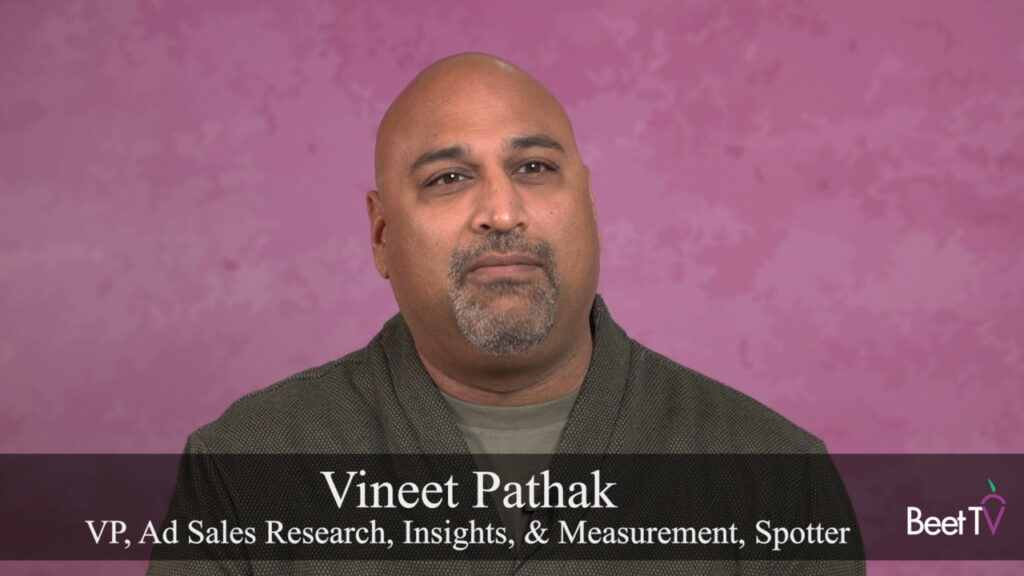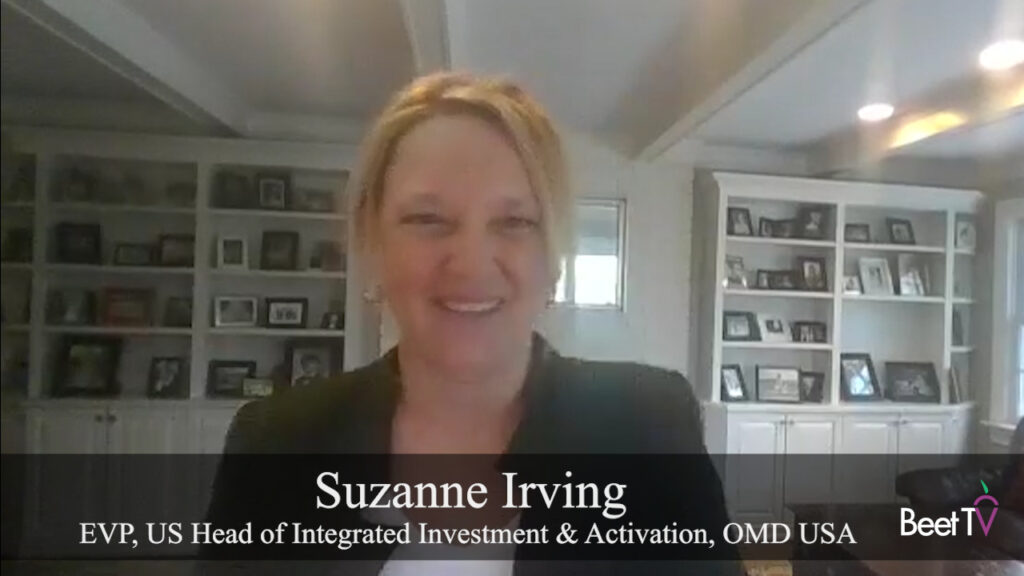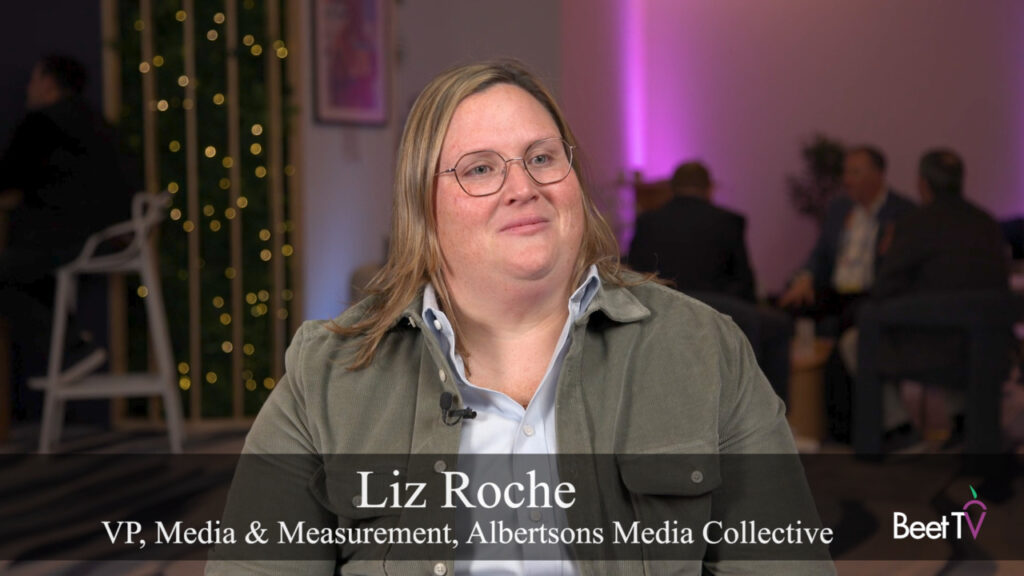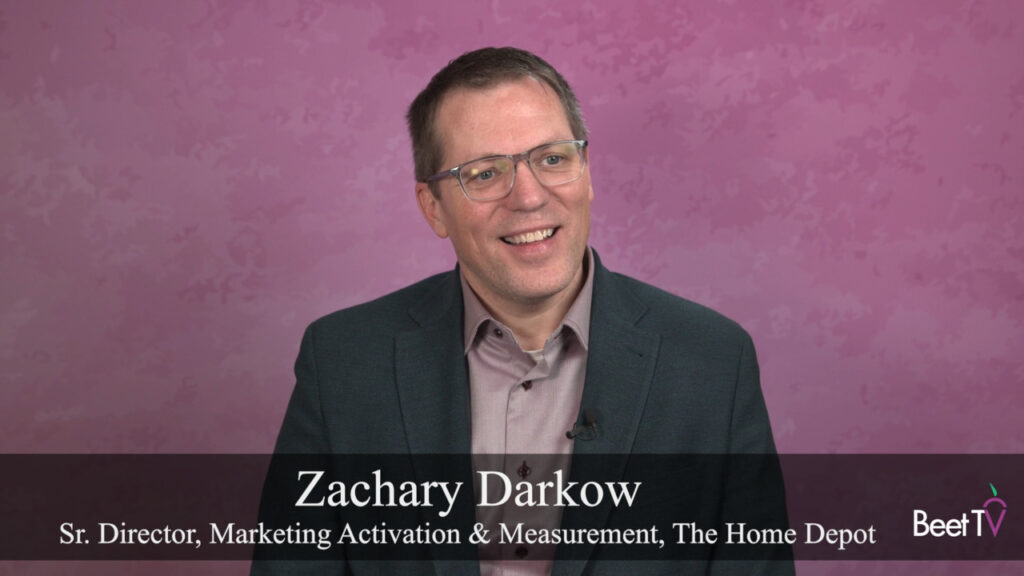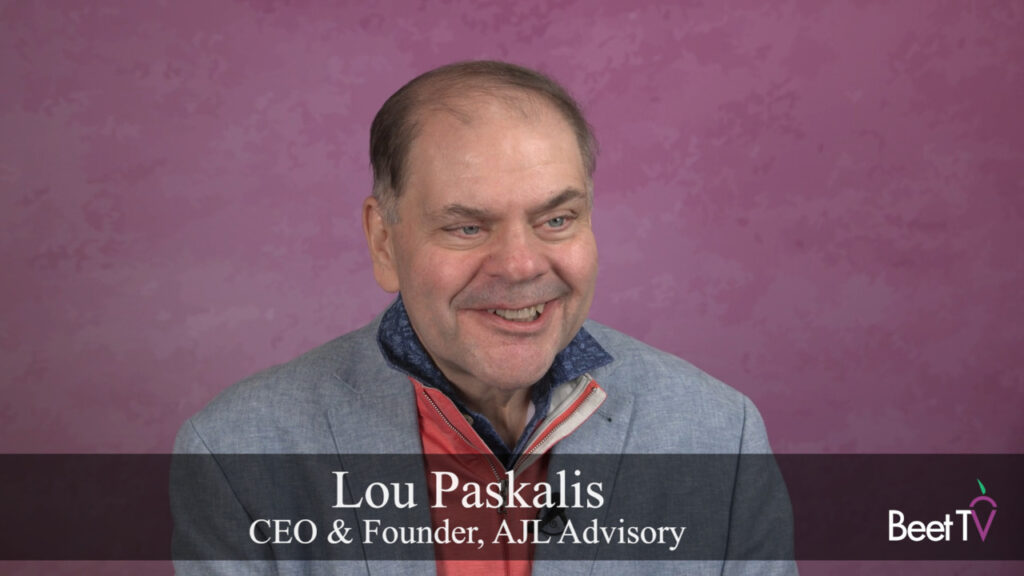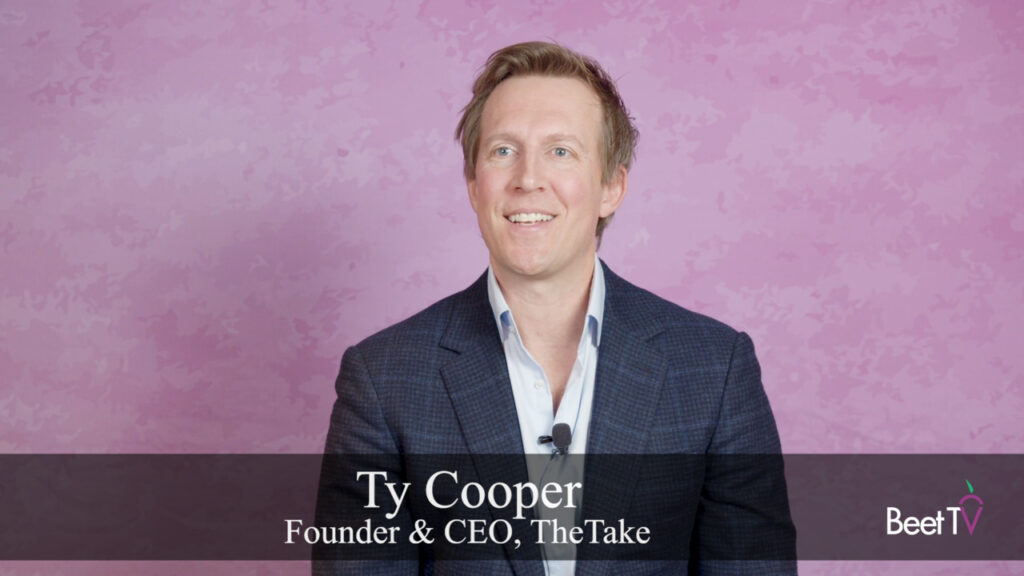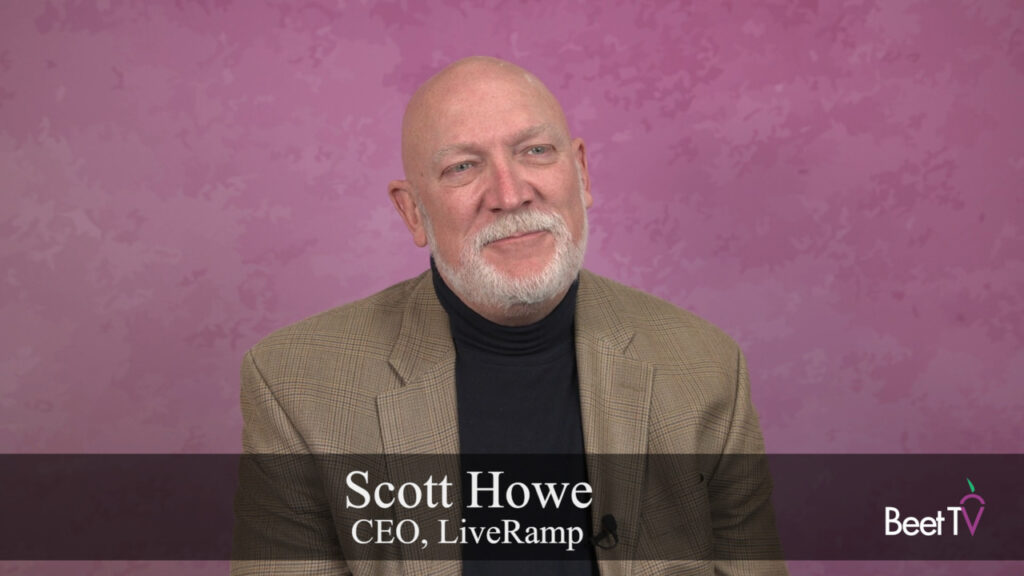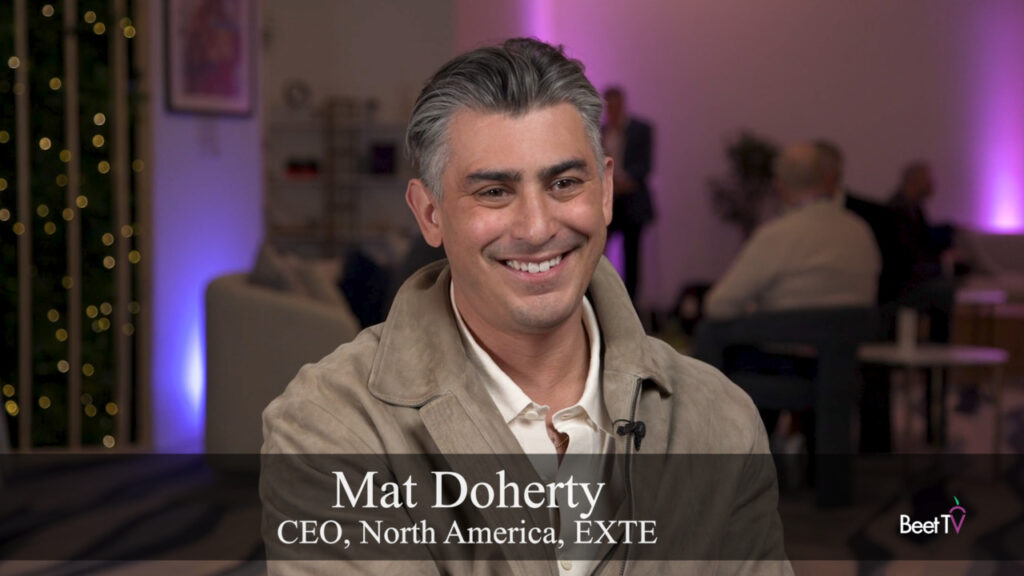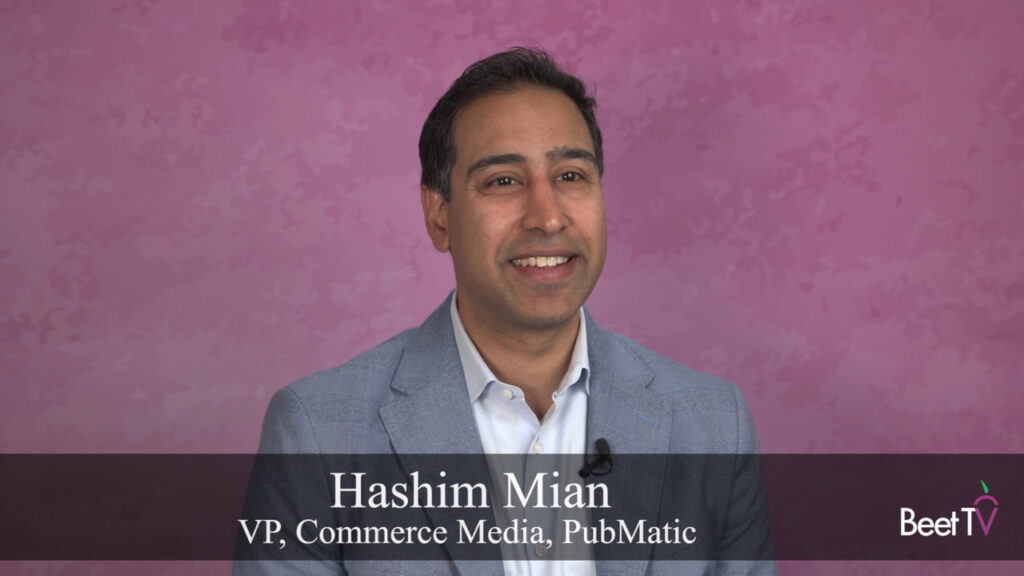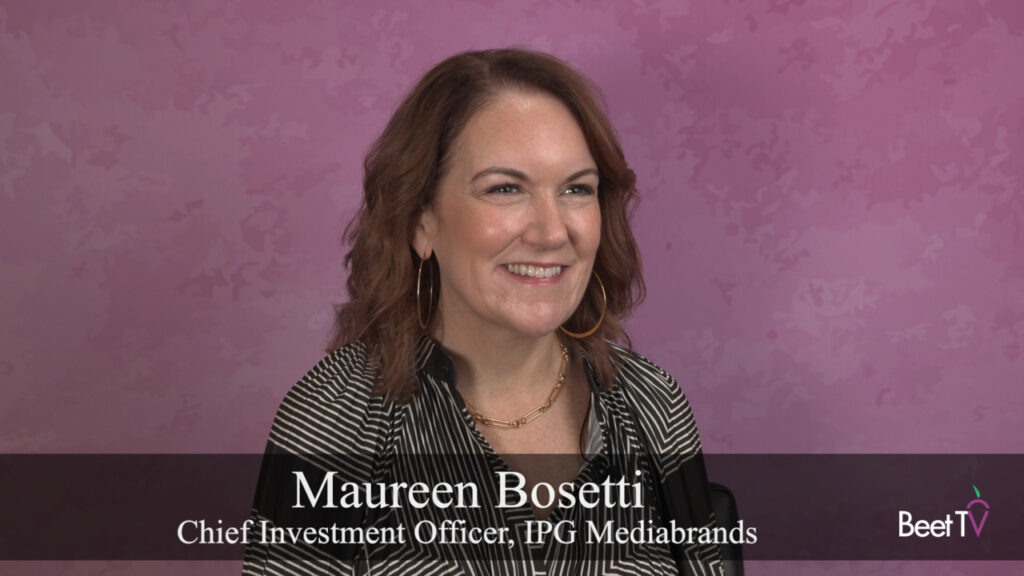Marketers in the past few years have become more aware of how their advertisements can show up in places they didn’t expect, such as next to digital content that’s objectionable or offensive. They also face challenges in reaching target audiences as technology companies like Google and Apple give people more ways to protect their online privacy.
These concerns about brand safety and wasted ad spending have led some marketers to reprise contextual advertising strategies that have been a mainstay for decades. A majority of marketers planned to spend at least 20% of their media budgets on contextual advertising in 2022, contextual analytics firm OpenSlate found in a survey.
“It’s quite significant as a tactic even though cookie deprecation is still a ways off,” said Andrea Ching, chief marketing officer of OpenSlate, referring to Google’s delayed plan to end support for tracking cookies in its popular Chrome browser.
Her company started with a focus on helping marketers to identify quality content for ad placements on video-sharing site YouTube. OpenSlate has expanded to other platforms including Facebook, TikTok and Twitter as advertisers seek consumers whose media appetite includes influencers and creators.
“As you look at social platforms, which is where marketers are spending such a massive amount of their video budget moving forward, contextual in the social environment is a completely different animal, and it’s much more complex,” Ching said in this interview with Beet.TV. “It goes way beyond subject matter.”
Social Content Isn’t Static
In evaluating contextual placements, marketers need to consider not only the subject matter of content, but also the content creator, media platform and audience engagement, she said.
“Once a piece of content is live on a social platform, it’s no longer static. It’s context can change based on how audiences are engaging with it, based on subsequent content a creator can make,” Ching said. “You really have to look at the big picture.”
OpenSlate adheres to the principals of the Global Alliance for Responsible Media to ensure brand safety and suitability.
“We’re so delighted to see the increased adoption of these standards across the industry,” Ching said. “At the same time, each of our clients and brands has a unique and specific set of standards. We do a lot of work helping both platforms and advertisers think about who are the best creators.”
As the media landscape continues to evolve amid shifts in consumer habits and marketing strategies, contextual advertising can be a significant way for brands to drive business outcomes, she said.
“Contextual is more than brand safety and more than brand suitability,” Ching said. “Helping our clients really understand the major opportunities and what they can get out of this fuller picture of contextual, what business results true context can bring for their brand – that’s where we’re focused.”
You are watching “Reshaping Contextual Advertising,” a Beet.TV leadership series presented by OpenSlate. For more videos, please visit this page.











